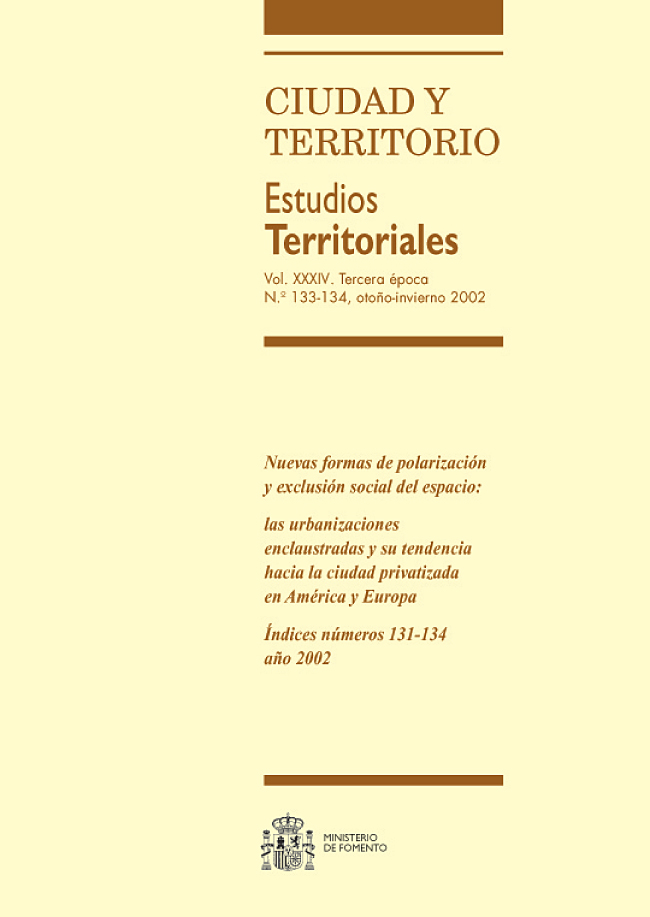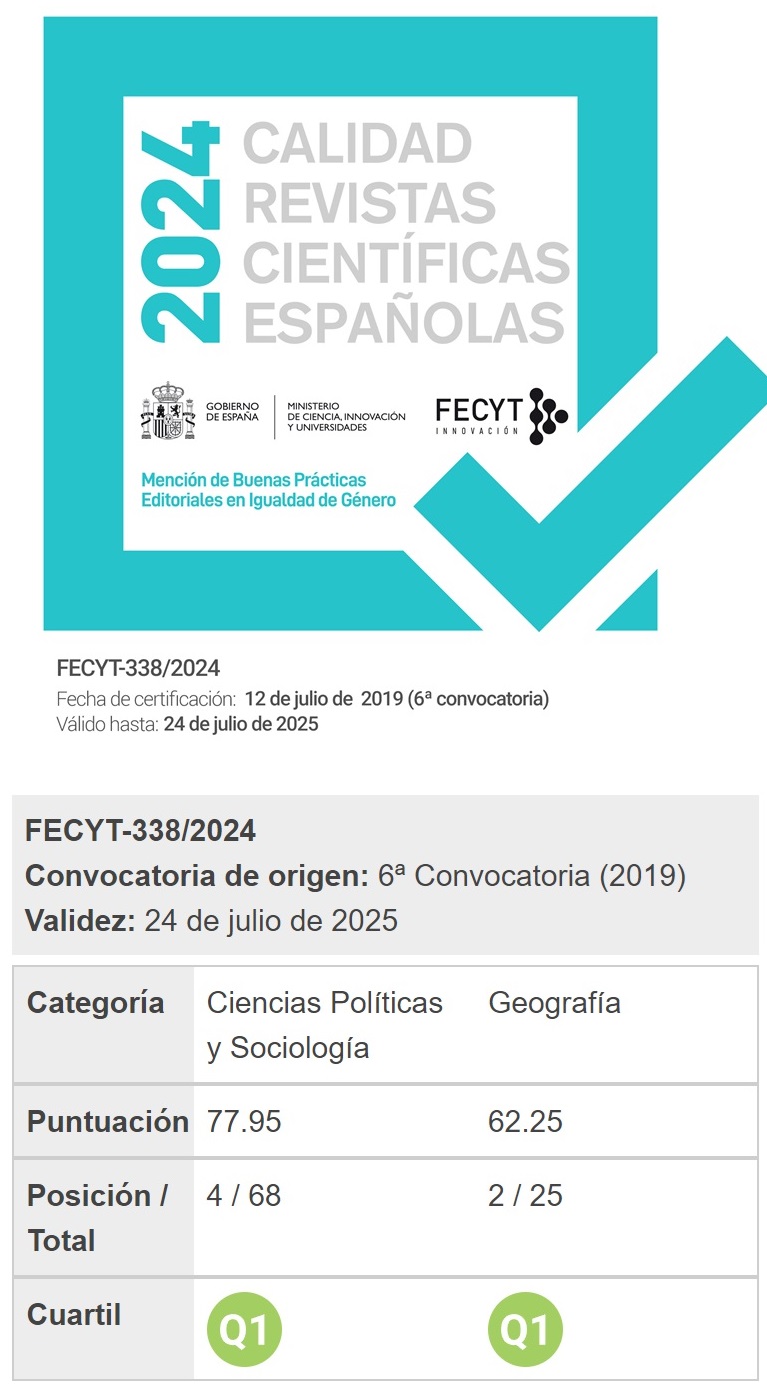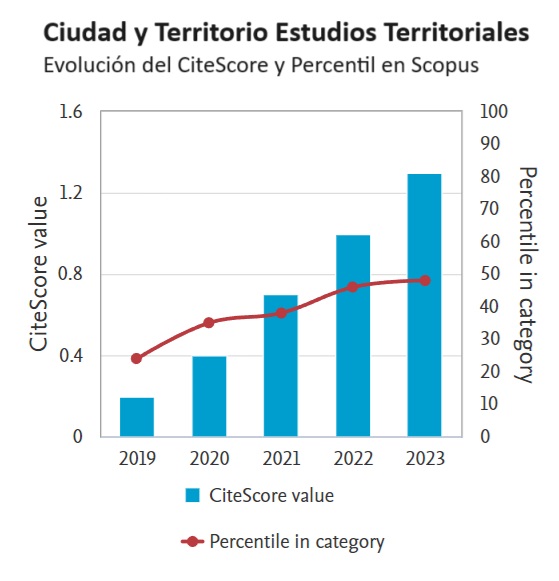Urbanismo y arquitectura del miedo. Reflexiones sobre los fraccionamientos residenciales cerrados en México
Palabras clave:
Ciudades cerradas, urbanizaciones privatizadas, segregación social, espacio público, México..Resumen
La segregación socioespacial tiene en las ciudades mexicanas una larga historia que por lo menos
se remonta a los núcleos fundacionales de la Nueva España. A partir de ahí se han registrado importantes
cambios estructurales en la sociedad y en el espacio habitado, cuyo seguimiento histórico revela las
transformaciones en la morfología urbana. El continuismo en la experiencia del urbanismo separatista ingeniado
mediante la elaboración de fronteras interiores enmarca la reciente proliferación de unidades residenciales
bardeadas, pertrechadas ostentosamente en amplias periferias de pobreza creciente. La utopía comunitaria
a la medida de las élites, y por extensión de las clases medias, está acompañada de intervenciones
tales como megaproyectos y centros comerciales, observando la misma tendencia de privatización del espacio
público al tiempo que redefinen la articulación del tejido urbano. Estas reflexiones sugieren interrogantes
y líneas de trabajo con la intención de indagar formas urbanísticas abiertas, amables, incluyentes, ambientalmente
racionales.
Descargas
Descargas
Publicado
Cómo citar
Número
Sección
Licencia
Derechos de autor 2002 Eloy Méndez Sáinz

Esta obra está bajo una licencia internacional Creative Commons Atribución-NoComercial-SinDerivadas 4.0.
Sin perjuicio de lo dispuesto en la legislación vigente sobre Propiedad Intelectual, y conforme a la misma, el/la los/las autor/a/es/as que publiquen en CyTET cede/n a título gratuito, de modo no exclusivo y sin límite temporal al Ministerio de Transportes, Movilidad y Agenda Urbana los derechos para difundir, reproducir, comunicar y distribuir en cualquier formato actual o futuro, en papel o electrónico, la versión original o derivada de su obra bajo licencia de Creative Commons Reconocimiento-NoComercial-SinObraDerivada 4.0 Internacional (CC BY-NC-ND 4.0), así como para incluir o ceder a terceros la inclusión de su contenido en índices, repositorios y bases de datos nacionales e internacionales, con referencia y reconocimiento en todo caso de la autoría del mismo.
Además, al realizar el envío, el/la los/las autor/a/es/as declara/n que se trata de un trabajo original en el que se reconocen las fuentes que han sido utilizadas en su estudio, comprometiéndose a respetar la evidencia científica y a no modificar los datos originales para verificar o refutar una hipótesis de partida; que el contenido esencial del mismo no ha sido publicado previamente ni se publicará en ninguna otra obra o revista mientras esté en proceso de evaluación en la revista CyTET; y que no se ha remitido simultáneamente a otra publicación.
Los autores deben firmar un Formulario de Cesión de Derechos, que les será enviado desde la Secretaría de CyTET una vez se acepte su artículo para ser publicado.
Con el objetivo de favorecer la difusión del conocimiento, CyTET se adhiere al movimiento de revistas de Open Access (OA) y entrega la totalidad de sus contenidos a diversos índices, repositorios y bases de datos nacionales e internacionales bajo este protocolo; por tanto, la remisión de un trabajo para ser publicado en la revista presupone la aceptación explícita por parte del autor/a de este método de distribución.
Se anima a las/os autoras/es a reproducir y alojar sus trabajos publicados en CyTET en repositorios institucionales, páginas web, etc. con la intención de contribuir a la mejora de la transferencia del conocimiento y de la citación de dichos trabajos.








 Enlace a CyTET en Linkedin
Enlace a CyTET en Linkedin